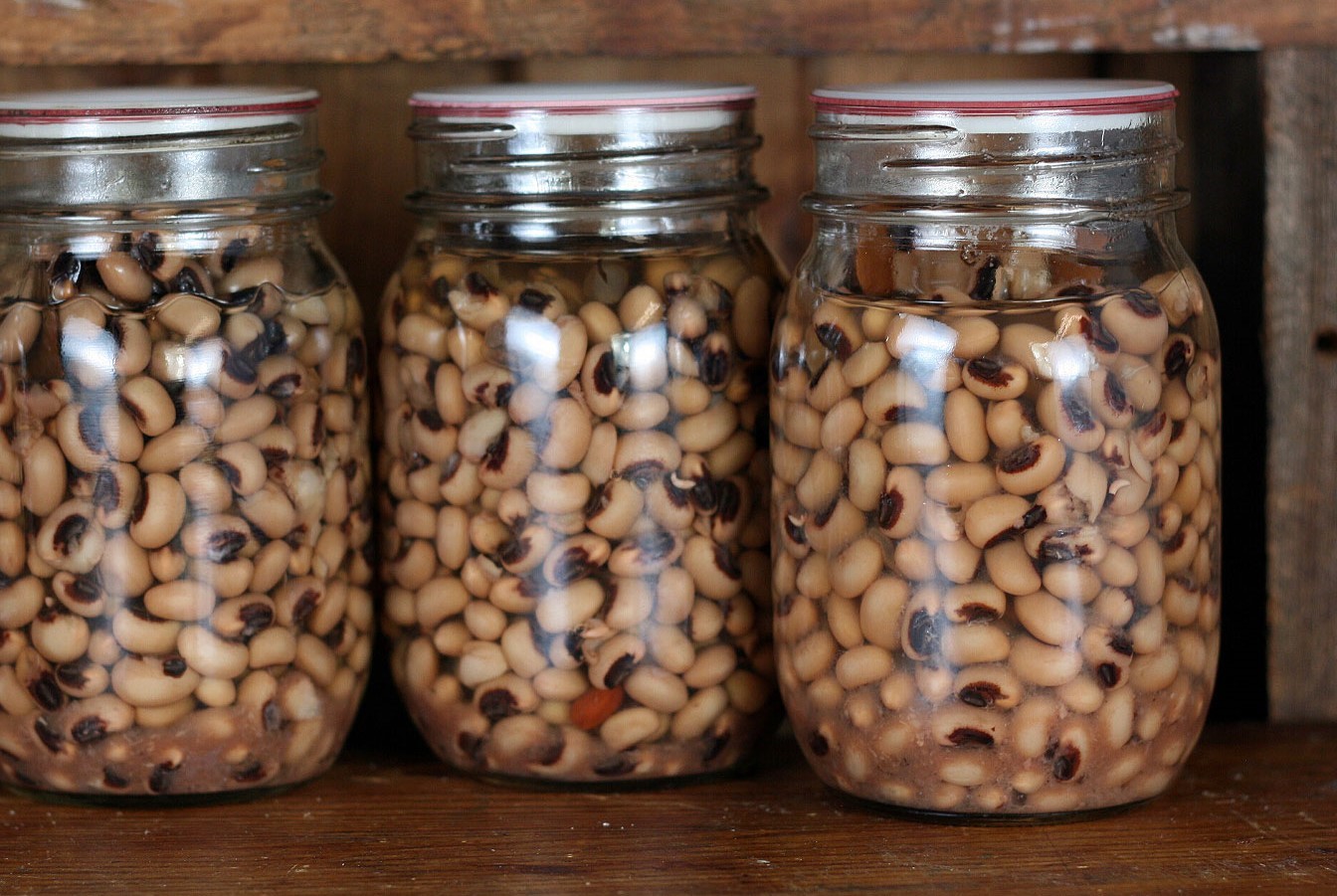

Articles
How To Store Black Eyed Peas
Modified: December 7, 2023
Looking for tips on how to store black eyed peas? Read our informative articles for expert advice on keeping your peas fresh and flavorful for longer.
(Many of the links in this article redirect to a specific reviewed product. Your purchase of these products through affiliate links helps to generate commission for Storables.com, at no extra cost. Learn more)
Introduction
Black eyed peas, also known as cowpeas, are a versatile legume that is enjoyed in many cuisines around the world. They are not only delicious but also packed with essential nutrients, making them a great addition to any diet. Whether you grow your own black eyed peas or purchase them from the store, knowing how to store them properly is crucial for maintaining their quality and freshness.
In this article, we will explore the importance of storing black eyed peas correctly and provide you with practical tips to ensure they stay fresh for as long as possible. Whether you plan to store them in your pantry, refrigerator, or freezer, we’ll guide you through the process step-by-step.
By following these storage guidelines, you can extend the shelf life of your black eyed peas and have them readily available for use in a variety of recipes.
Now, let’s dive into the reasons why proper storage is essential for black eyed peas!
Key Takeaways:
- Proper storage of black eyed peas is crucial for maintaining freshness, convenience, and cost-effectiveness. Whether in the pantry, refrigerator, or freezer, following the right techniques ensures delicious and nutritious peas for extended use.
- To maximize the shelf life of black eyed peas, consider factors like quality, cleaning, and selecting the right storage containers. Proper preparation, labeling, and monitoring for spoilage are essential for safe and flavorful peas.
Why Store Black Eyed Peas?
Storing black eyed peas properly is essential for several reasons:
- Freshness: By storing black eyed peas correctly, you can maintain their freshness and flavor for an extended period. This ensures that when you’re ready to use them, they will still taste delicious and provide you with the nutritional benefits they offer.
- Convenience: Having a stock of stored black eyed peas on hand means you can easily whip up a meal whenever you want. Whether you’re making a traditional dish like Hoppin’ John or adding them to salads, soups, or stews, having them readily available saves you time and effort in the kitchen.
- Cost-effective: By purchasing black eyed peas in bulk and storing them properly, you can save money in the long run. Buying in bulk often comes at a lower cost per unit, and storing them at home allows you to take advantage of sales or discounts.
- Emergency Preparedness: Storing black eyed peas is a wise decision for emergency preparedness. In case of unforeseen circumstances like a natural disaster or a temporary shortage of supplies, having a stock of black eyed peas can provide you with a reliable source of food.
Whether you grow your own black eyed peas or purchase them from the store, proper storage helps you make the most out of this nutritious and versatile legume. Now that you understand why storing black eyed peas is crucial, let’s discuss the factors to consider before storage.
Factors to Consider Before Storage
Before you begin the process of storing black eyed peas, there are a few important factors to consider:
- Quality of the Black Eyed Peas: It is vital to start with fresh and high-quality black eyed peas. Inspect the peas for any signs of damage, such as discoloration, insect infestation, or mold. It is best to discard any beans that appear spoiled or compromised.
- Cleaning and Sorting: Before storing black eyed peas, ensure that they are clean and free from any debris, dirt, or stones. Rinse them thoroughly under cold running water and sort through them to remove any foreign particles or damaged beans.
- Dry the Peas: After rinsing, it is crucial to dry the black eyed peas thoroughly. Excess moisture can lead to spoilage and the growth of mold. Spread the beans on a clean kitchen towel or paper towels and allow them to air dry completely.
- Storage Environment: The storage environment plays a significant role in preserving the quality of black eyed peas. Consider factors such as temperature, humidity, and exposure to light when choosing the storage location.
- Storage Containers: Select the appropriate storage containers that will provide airtight and moisture-proof conditions. These containers should also be able to protect the peas from pests and insects.
- Labeling and Date: Make sure to label the storage containers with the contents and date of storage. This allows you to keep track of the beans and prioritize their use based on their age.
Considering these factors before storing your black eyed peas will help ensure that they remain fresh and of high quality for an extended period. Now that we have covered the important pre-storage considerations, let’s move on to exploring the different types of storage containers suitable for black eyed peas.
Proper Storage Containers
Choosing the right storage containers is crucial for maintaining the quality and freshness of black eyed peas. Here are a few options to consider:
- Mason Jars: Mason jars are a popular choice for storing dry foods, including black eyed peas. They are transparent, airtight, and have a reliable seal that helps to keep moisture and pests out. Plus, they come in various sizes, making it easy to store different quantities of peas.
- Airtight Plastic Containers: Airtight plastic containers are another excellent choice for storing black eyed peas. Look for containers with airtight lids that create a strong seal, preventing air and moisture from getting in. Clear plastic containers are beneficial as they allow you to see the contents without having to open them.
- Resealable Bags: If you prefer a more flexible storage option, resealable bags can be a convenient choice. Use heavy-duty, freezer-safe bags that are designed to resist moisture and odors. Remember to squeeze out as much air as possible before sealing them.
- Vacuum Sealed Bags or Containers: Vacuum-sealed bags or containers are excellent for long-term storage of black eyed peas. By removing all the air from the packaging, you can significantly extend the shelf life of the peas. Use a vacuum sealer to remove the air and seal the bags tightly.
Whichever storage container you choose, ensure that it is clean, dry, and free from any residual odors. This will help maintain the integrity and taste of the black eyed peas during storage. Additionally, consider the available space you have for storage and choose containers that fit well and maximize efficiency.
Now that you have the appropriate storage containers ready, let’s move on to the next step: preparing black eyed peas for storage.
Preparing Black Eyed Peas for Storage
Before you store black eyed peas, it’s essential to prepare them properly to ensure their longevity and quality. Follow these steps to prepare the peas for storage:
- Cleaning: Thoroughly rinse the black eyed peas under cold running water to remove any dirt or debris. Discard any damaged or discolored peas.
- Soaking: Soaking black eyed peas before storage is optional but recommended. Soaking can help reduce cooking time and improve digestibility. Place the cleaned peas in a bowl and cover them with enough water. Let them soak for 4-6 hours or overnight.
- Draining and Drying: After soaking, drain the water from the peas using a colander or strainer. Then, spread them on a clean kitchen towel or paper towels and allow them to air dry completely. Ensuring they are dry is crucial for preventing the growth of mold and bacteria during storage.
- Packaging: Transfer the dried black eyed peas into the chosen storage containers. Be sure to leave some space at the top to accommodate any expansion that might occur. Use airtight containers or bags to provide a protective barrier against moisture, pests, and air exposure.
- Labeling: Label each container or bag with the contents and the date of storage. This will help you keep track of the freshness and prioritize consumption based on their age.
By following these steps, you are now ready to store the black eyed peas. The next section will guide you on how to store them in different locations, such as the pantry, refrigerator, and freezer.
Storing Black Eyed Peas in the Pantry
The pantry is a convenient place to store black eyed peas if you plan to use them within a few months. Here’s how you can store them in the pantry:
- Transfer to Airtight Containers: If the black eyed peas came in a package, consider transferring them to airtight containers. Mason jars, airtight plastic containers, or resealable bags are ideal for this purpose. Make sure the containers are clean, dry, and free from any lingering odors.
- Cool and Dark Location: Choose a cool and dark spot in your pantry to store the black eyed peas. Direct sunlight and high temperatures can accelerate spoilage and decrease their shelf life.
- Away from Moisture and Heat: Avoid placing the peas near sources of moisture or heat, such as the stove or sink. Moisture and heat can lead to the growth of mold and make the peas spoil faster.
- Check Regularly: Periodically check the black eyed peas for signs of spoilage, such as mold, strange odors, or discoloration. If you notice any issues, discard the affected peas immediately to prevent contamination.
Storing black eyed peas in the pantry can keep them fresh for up to six months. For longer storage, consider storing them in the refrigerator or freezer, as we’ll explore in the next sections.
Now that you know how to store black eyed peas in the pantry, let’s move on to the steps for storing them in the refrigerator.
Store black eyed peas in an airtight container in a cool, dry place, away from direct sunlight. This will help preserve their freshness and prevent them from spoiling.
Storing Black Eyed Peas in the Refrigerator
If you want to extend the shelf life of black eyed peas beyond a few months, storing them in the refrigerator is an excellent option. Here’s how to store black eyed peas in the refrigerator:
- Packaging: Transfer the black eyed peas into airtight containers or resealable bags. Ensure the containers are clean, dry, and free from any residual odors. Squeeze out any excess air from the bags before sealing them.
- Temperature: Set your refrigerator to a temperature between 35°F (2°C) and 40°F (4°C). This cool temperature helps slow down the deterioration of the black eyed peas and extends their shelf life.
- Location: Store the sealed containers or bags in the main refrigerator compartment. Avoid storing them in the door, as the temperature there can fluctuate more significantly.
- Use Within a Few Months: Refrigeration can prolong the freshness of black eyed peas for up to six months. However, for the best quality and taste, it is recommended to use them within three to four months.
- Check for Spoilage: Regularly inspect the black eyed peas for any signs of spoilage, such as mold, off odors, or discoloration. If you notice any issues, discard the affected peas immediately to prevent cross-contamination.
Storing black eyed peas in the refrigerator keeps them fresh and usable for an extended period. However, if you wish to store them for longer durations, the freezer is the best option, which we’ll explore in the next section.
Now that you know how to store black eyed peas in the refrigerator, let’s move on to the steps for storing them in the freezer.
Storing Black Eyed Peas in the Freezer
If you want to store black eyed peas for an extended period, the freezer is the best option. Freezing helps preserve the quality and freshness of the peas for up to a year. Here’s how to store black eyed peas in the freezer:
- Preparation: Transfer the black eyed peas into airtight freezer-safe containers or resealable freezer bags. Make sure the containers or bags are clean, dry, and labeled with the contents and date of storage.
- Portioning: Divide the black eyed peas into convenient portions that you are likely to use in one go. This will prevent you from thawing and refreezing large batches, which can affect the quality of the peas.
- Airtight Seal: Remove as much air as possible from the containers or bags before sealing them. This will help prevent freezer burn and maintain the quality of the black eyed peas.
- Freezing: Place the sealed containers or bags in the freezer. Make sure they are placed in a single layer to allow for easy freezing and thawing.
- Freezer Temperature: Set your freezer temperature to 0°F (-18°C) or below. This low temperature ensures the peas remain frozen and helps preserve their quality over an extended period.
- Storage Duration: Black eyed peas can be stored in the freezer for up to a year without significant loss of quality. However, for the best taste and texture, it is recommended to use them within six months.
When you’re ready to use the frozen black eyed peas, simply remove the desired portion from the freezer and thaw them overnight in the refrigerator or cook them directly from frozen. Always discard any black eyed peas that show signs of spoilage, such as freezer burn or unusual odors.
With the proper storage techniques, you can enjoy the versatility of black eyed peas all year round. In the next section, we’ll share some additional tips to help you prolong the shelf life of black eyed peas.
Tips for Prolonging Shelf Life
To maximize the shelf life of black eyed peas and keep them fresh for as long as possible, consider these helpful tips:
- Store in a Cool and Dry Place: Store black eyed peas in a cool and dry location, away from direct sunlight, heat sources, and moisture. These conditions help prevent spoilage and preserve the quality of the peas.
- Avoid Exposure to Air: Oxygen can cause the deterioration of black eyed peas. Make sure to store them in airtight containers or bags to prevent air exposure. This helps maintain their freshness and prevents the development of rancidity.
- Rotate Stored Beans: If you have multiple batches of black eyed peas stored, use the oldest ones first. This practice, known as “first in, first out” (FIFO), ensures that you consume the peas before they lose their quality.
- Keep Away from Strong Odors: Black eyed peas have a mild flavor and can absorb strong odors from other foods. Avoid storing them near pungent or aromatic ingredients to prevent flavor contamination.
- Monitor for Pests: Periodically check stored black eyed peas for signs of pests, such as weevils or beetles. If infested, discard the affected peas and consider implementing pest control measures in your storage area.
- Label and Date: Properly label your stored black eyed peas with the contents and date of storage. This helps you track their freshness and ensures you consume them within a reasonable time frame.
- Keep a Consistent Temperature: Fluctuating temperatures can affect the quality of the black eyed peas. Maintain a consistent temperature in the storage area to ensure the peas remain cool and free from temperature variations.
By following these tips, you can significantly extend the shelf life of your black eyed peas and ensure they remain fresh and flavorful for longer periods. Remember to prioritize proper storage practices and regularly check on the peas to maintain their quality.
Now that you have a good understanding of how to store and prolong the shelf life of black eyed peas, let’s discuss how to check for spoilage to ensure the safety of the peas before consumption.
Checking for Spoilage
Before using stored black eyed peas, it’s important to check for signs of spoilage to ensure your safety and the quality of the peas. Here’s how to check for spoilage:
- Appearance: Visually inspect the black eyed peas for any signs of mold, discoloration, or off textures. Discard any peas that appear fuzzy, discolored, or slimy, as these are indications of spoilage.
- Smell: Give the black eyed peas a sniff. If you notice any unusual or foul odors, it’s a sign that the peas have gone bad and should be discarded.
- Taste: If you’re unsure about the freshness of the black eyed peas, you can cook a small portion and taste it. If the flavor is off, bitter, or unpleasant, it’s best to err on the side of caution and discard the entire batch.
By closely examining the appearance, smell, and taste of your stored black eyed peas, you can ensure that you’re consuming them when they’re still safe and enjoyable.
Remember, improperly stored black eyed peas or those past their prime can lead to foodborne illnesses. When in doubt, it’s always best to discard any questionable or spoiled peas to prioritize your health and safety.
Now that you’re aware of how to check for spoilage, let’s wrap up this article.
Conclusion
Proper storage of black eyed peas is essential for maintaining their freshness and quality. Whether you store them in the pantry, refrigerator, or freezer, following the right techniques and conditions will ensure that your black eyed peas remain delicious and nutritious for an extended period.
By considering factors like the quality of the peas, cleaning and sorting them, and selecting the right storage containers, you lay the foundation for successful storage. Storing black eyed peas in the pantry is suitable for short-term use, while refrigeration extends their shelf life. However, for longer storage durations, freezing is the optimal choice.
Remember to prepare the peas thoroughly, free them from excess moisture, and label them for easy tracking. By utilizing airtight containers or bags, setting appropriate temperatures, and regularly checking for spoilage, you can prolong the shelf life of black eyed peas and avoid waste.
Keep in mind that proper storage practices involve maintaining a cool and dry environment, avoiding exposure to air and strong odors, and checking for pest infestations. By following these guidelines, you can ensure that your stored black eyed peas remain safe, flavorful, and ready to use whenever you need them.
So, whether you’re stocking up for emergency preparedness or simply looking to enjoy the versatility of black eyed peas year-round, proper storage techniques are key. Remember to monitor and rotate your stored beans, take note of the storage duration, and regularly assess their condition to maintain their quality.
Now that you’re equipped with the knowledge on how to store and check black eyed peas for spoilage, you can confidently enjoy this nutritious legume in a variety of dishes for months to come. Happy cooking and enjoy your flavorful black eyed peas!
Frequently Asked Questions about How To Store Black Eyed Peas
Was this page helpful?
At Storables.com, we guarantee accurate and reliable information. Our content, validated by Expert Board Contributors, is crafted following stringent Editorial Policies. We're committed to providing you with well-researched, expert-backed insights for all your informational needs.
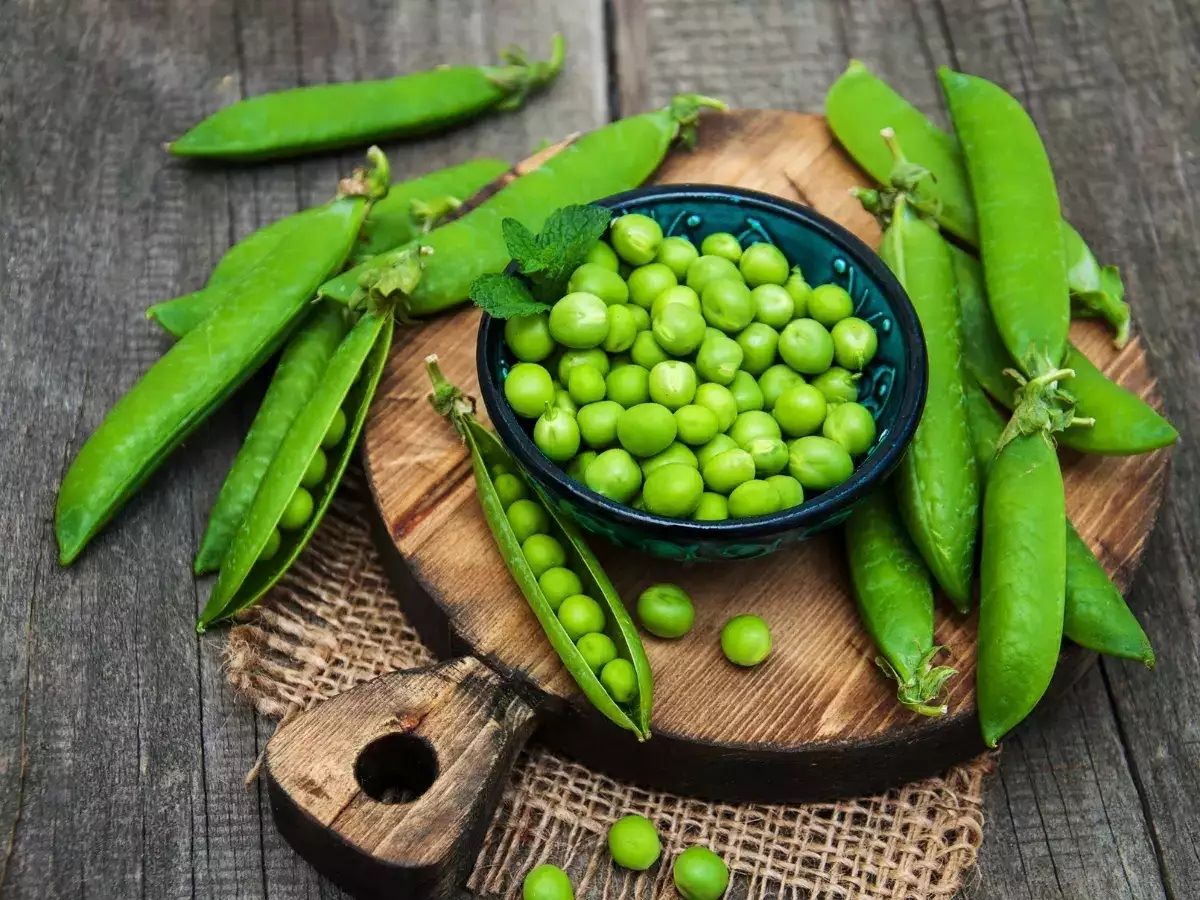
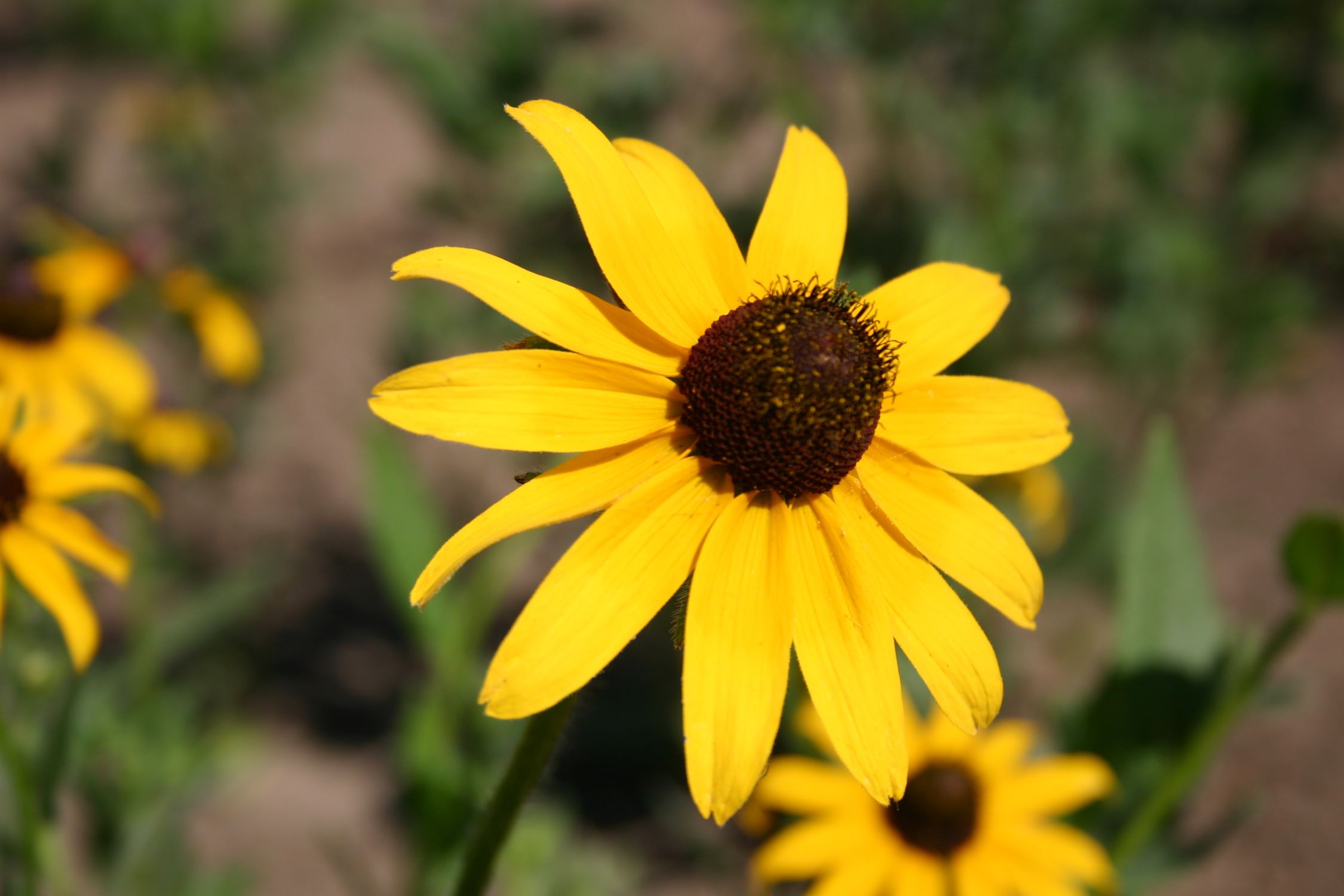

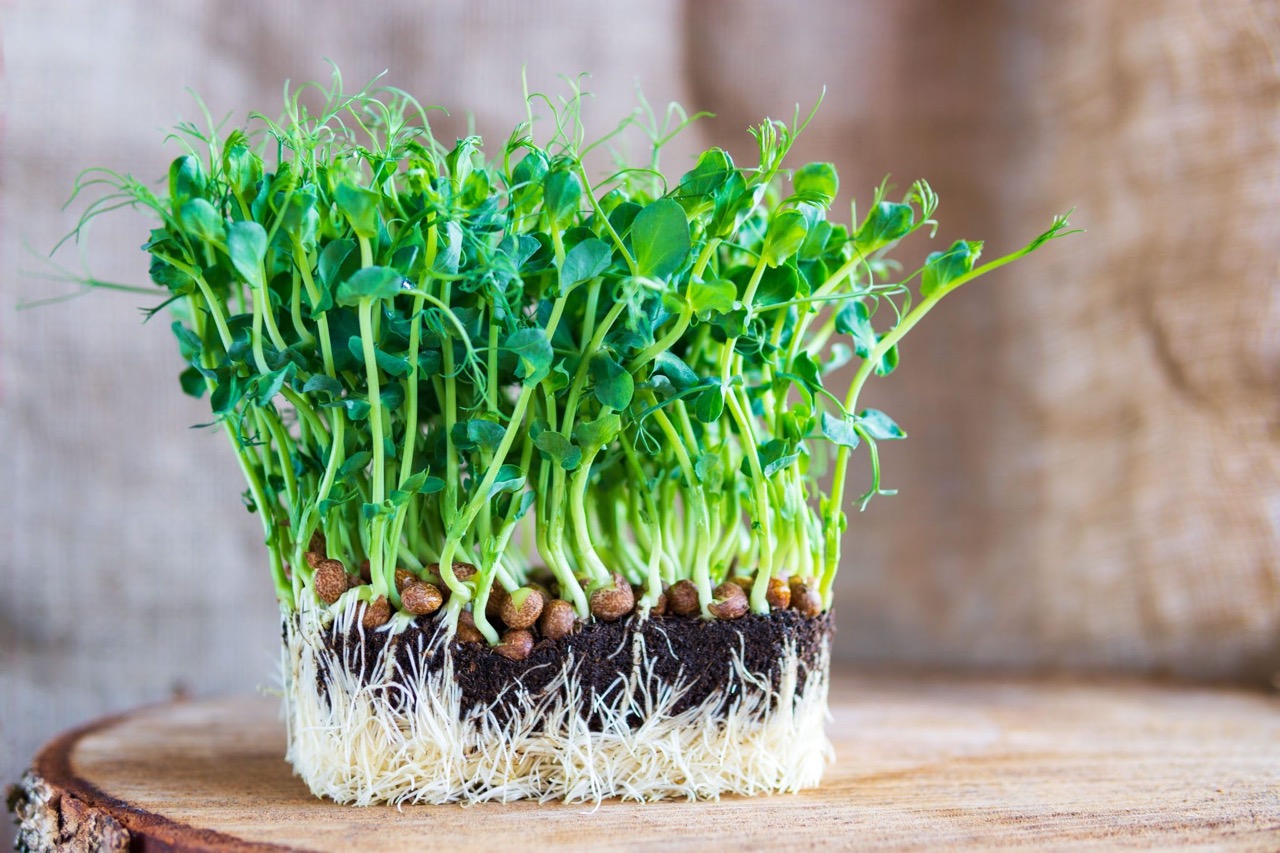
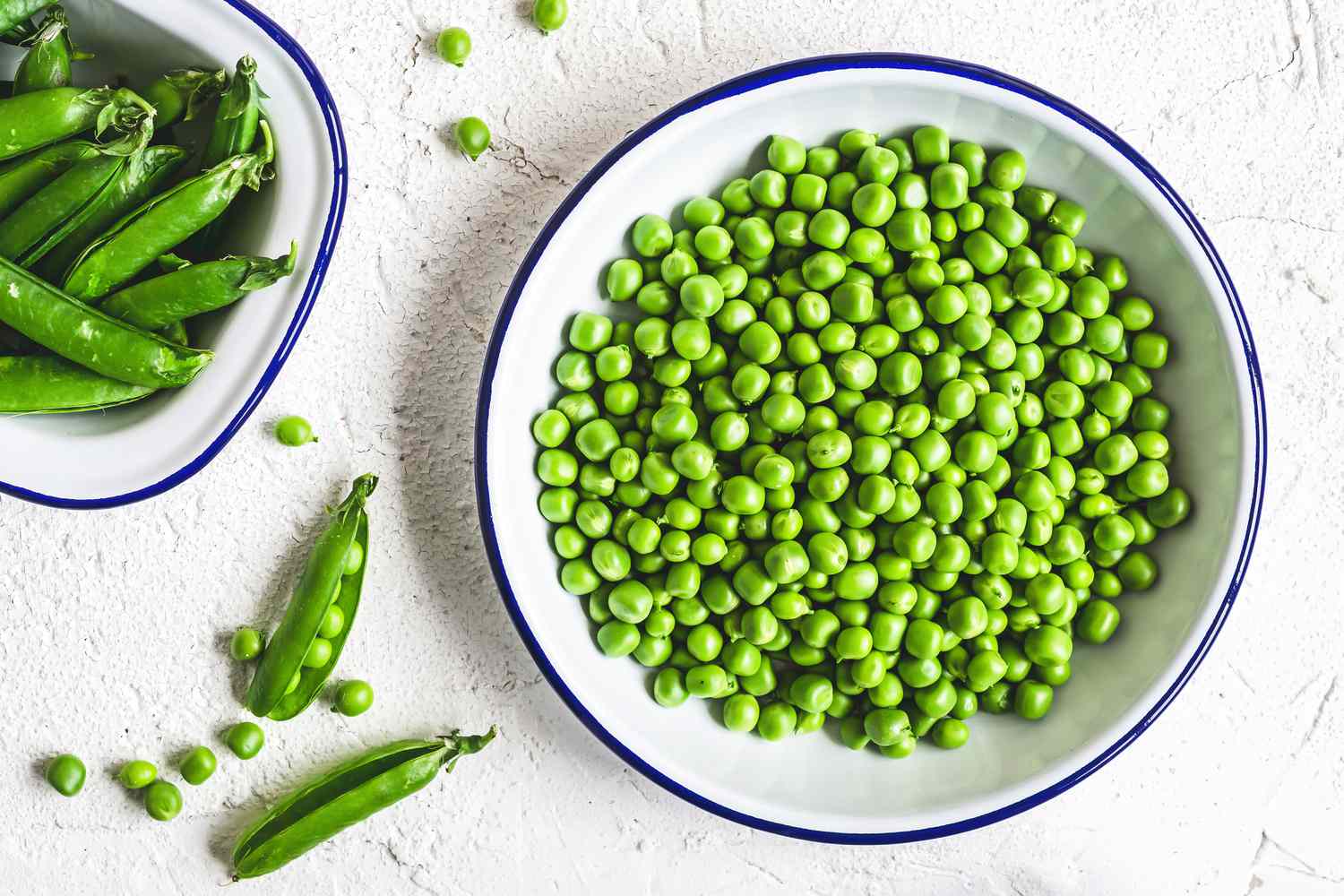
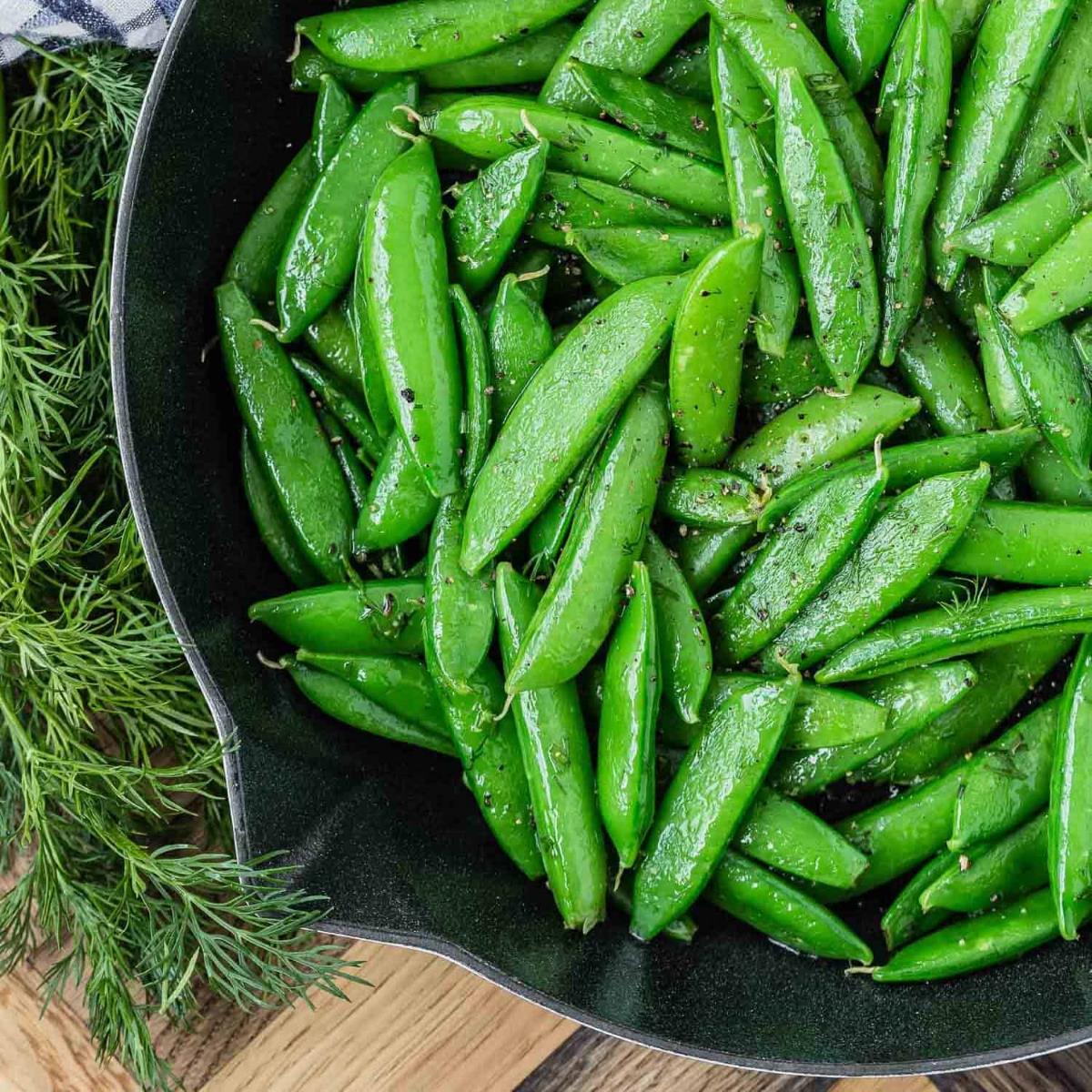
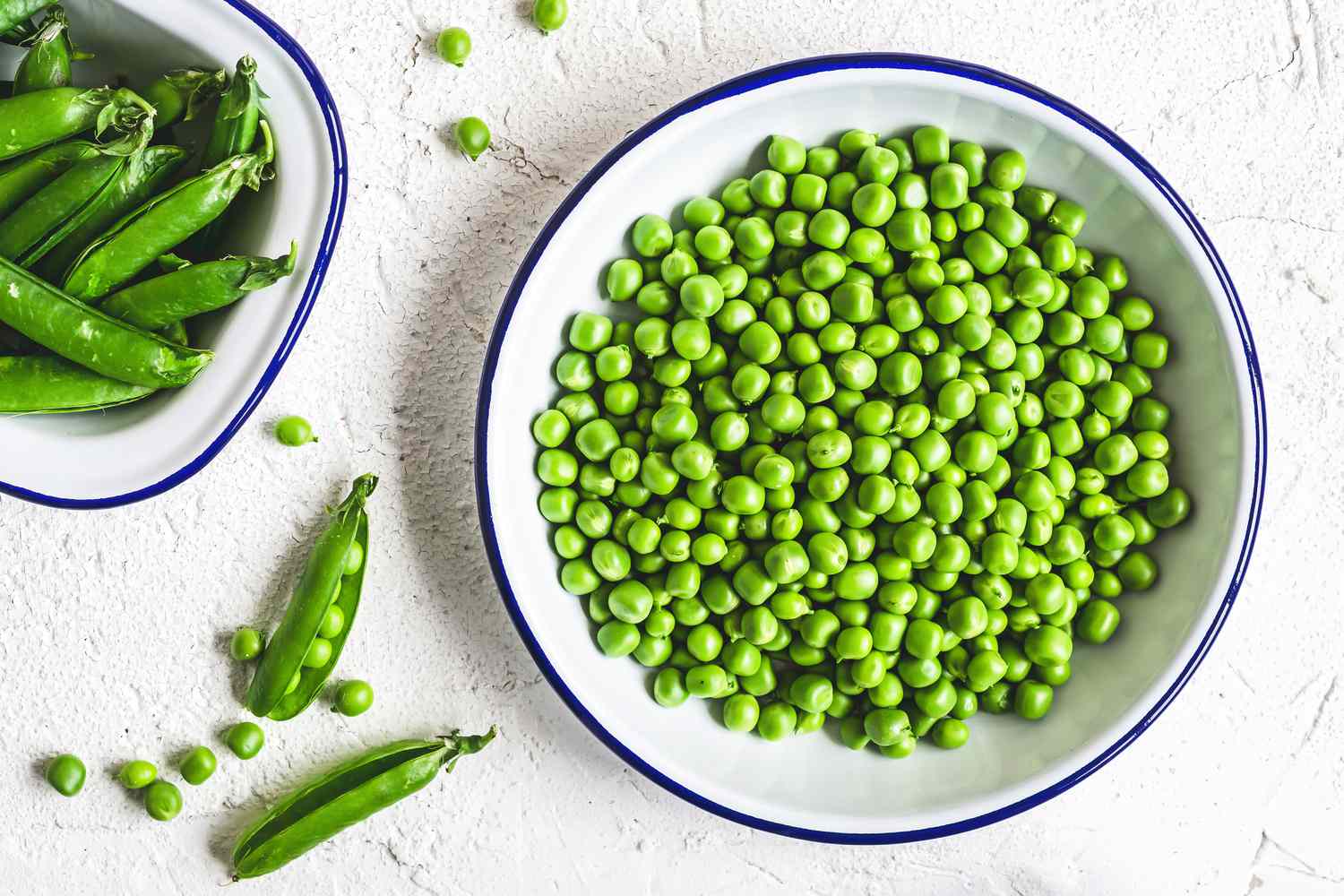
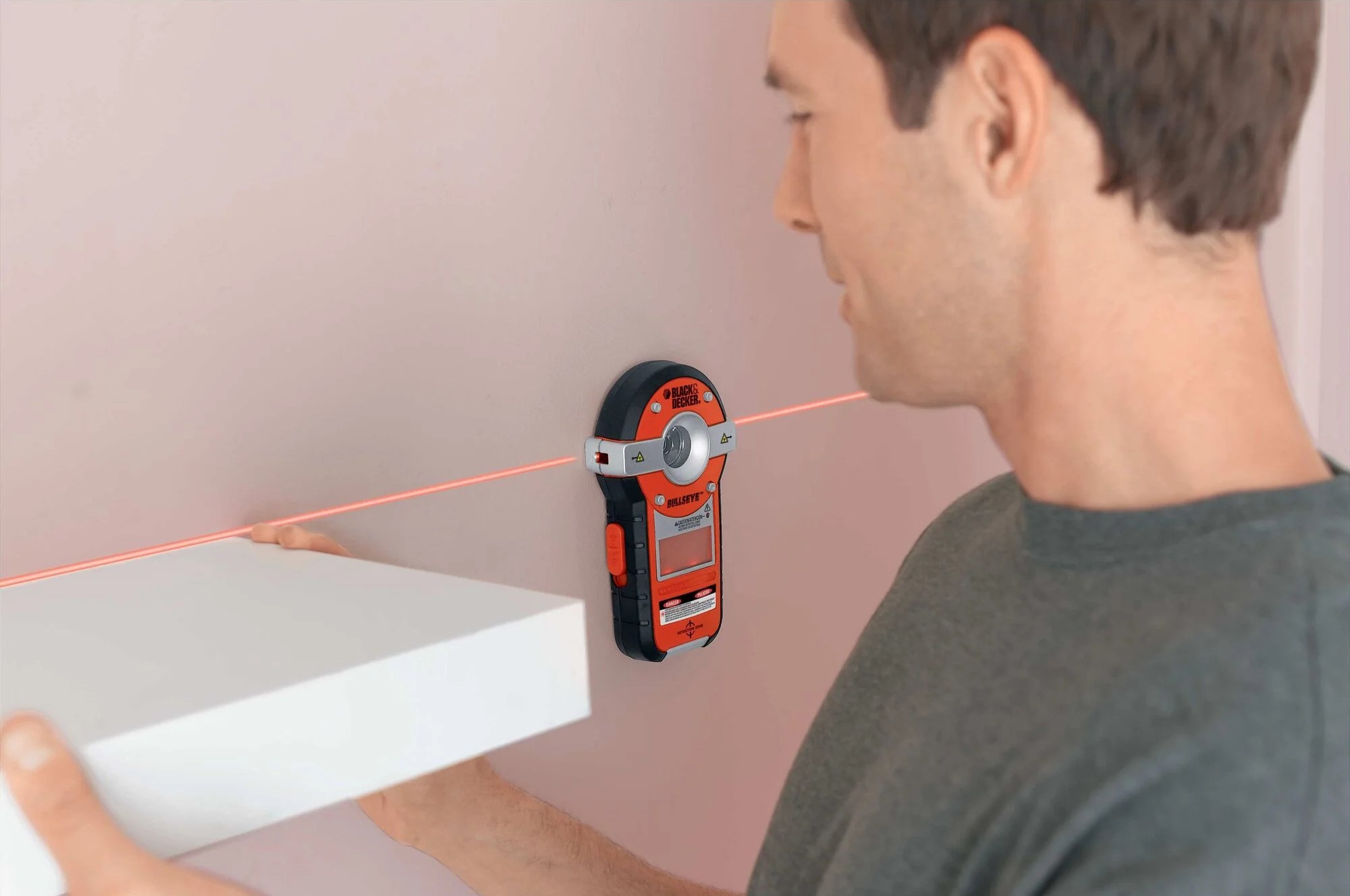
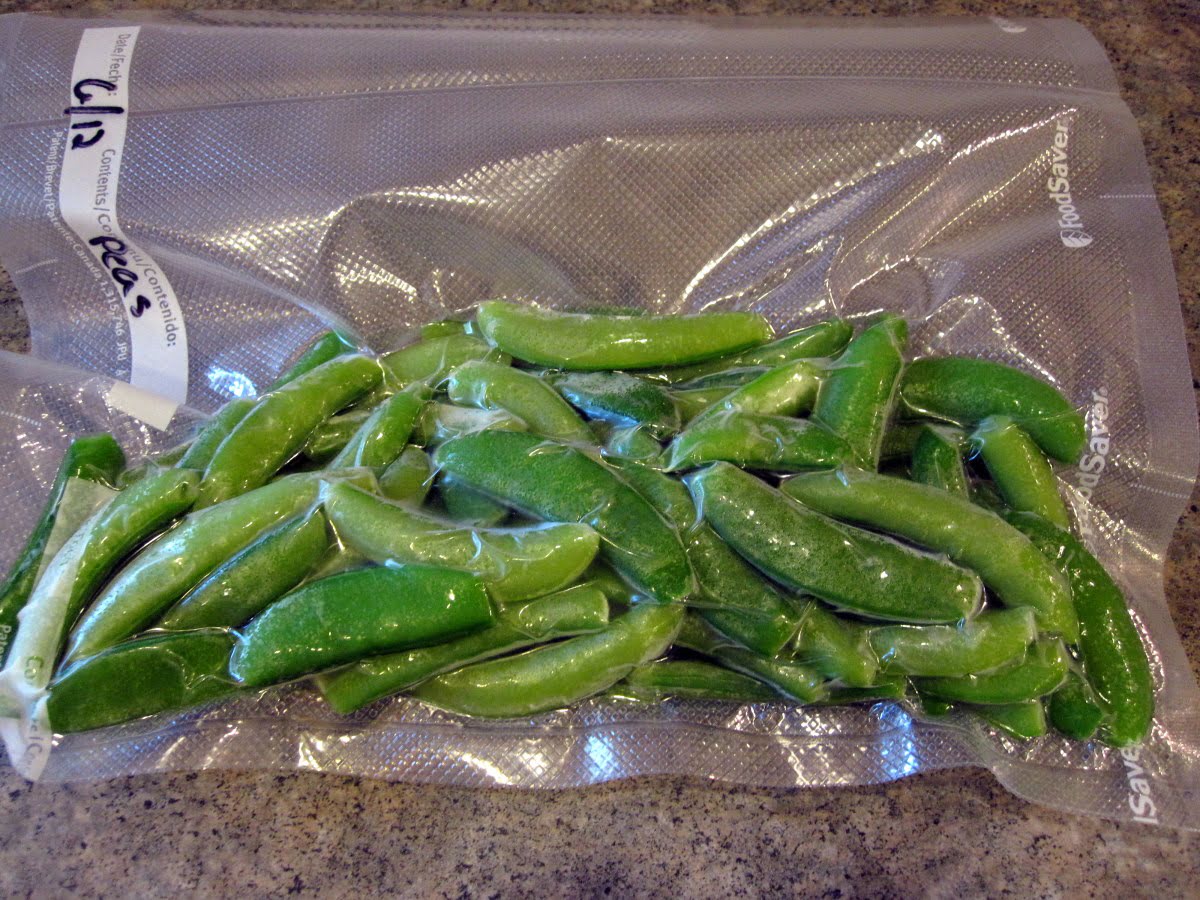
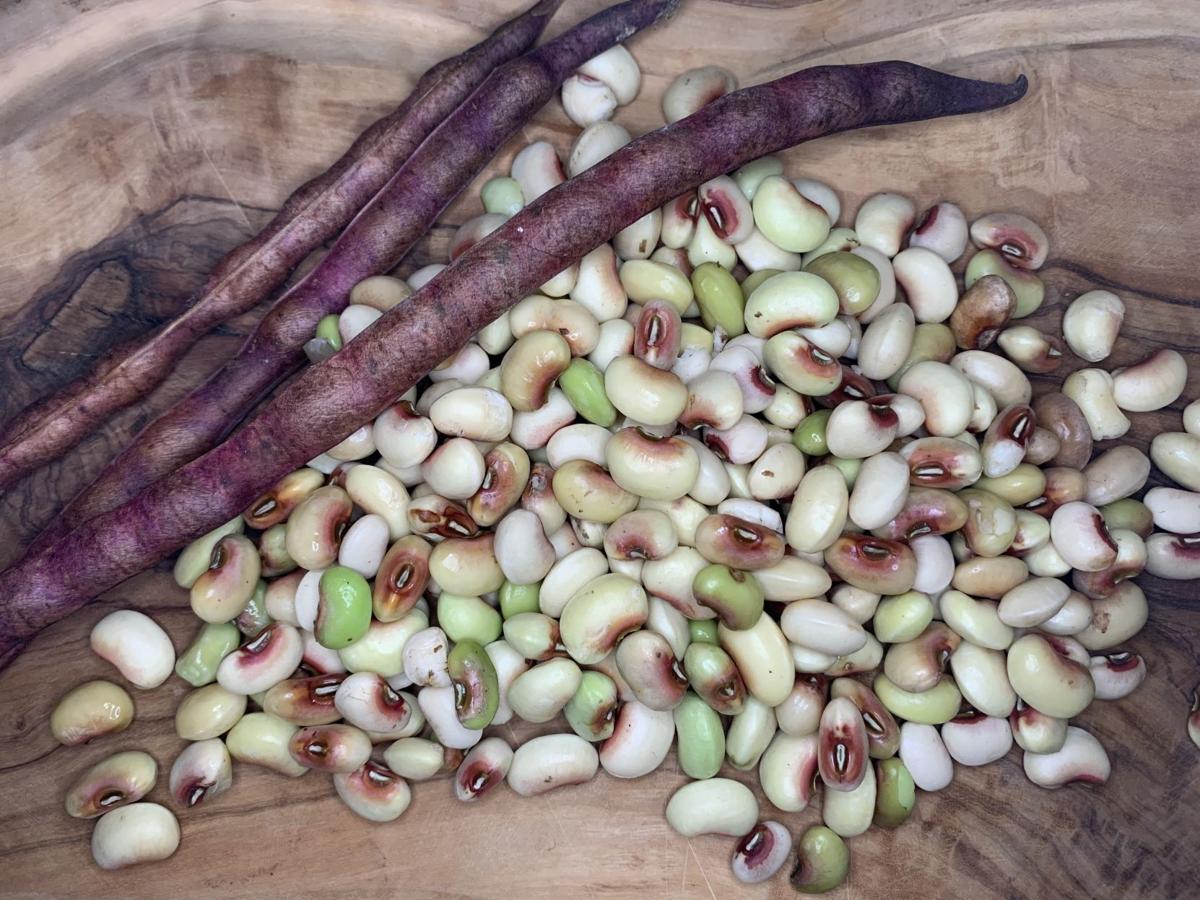
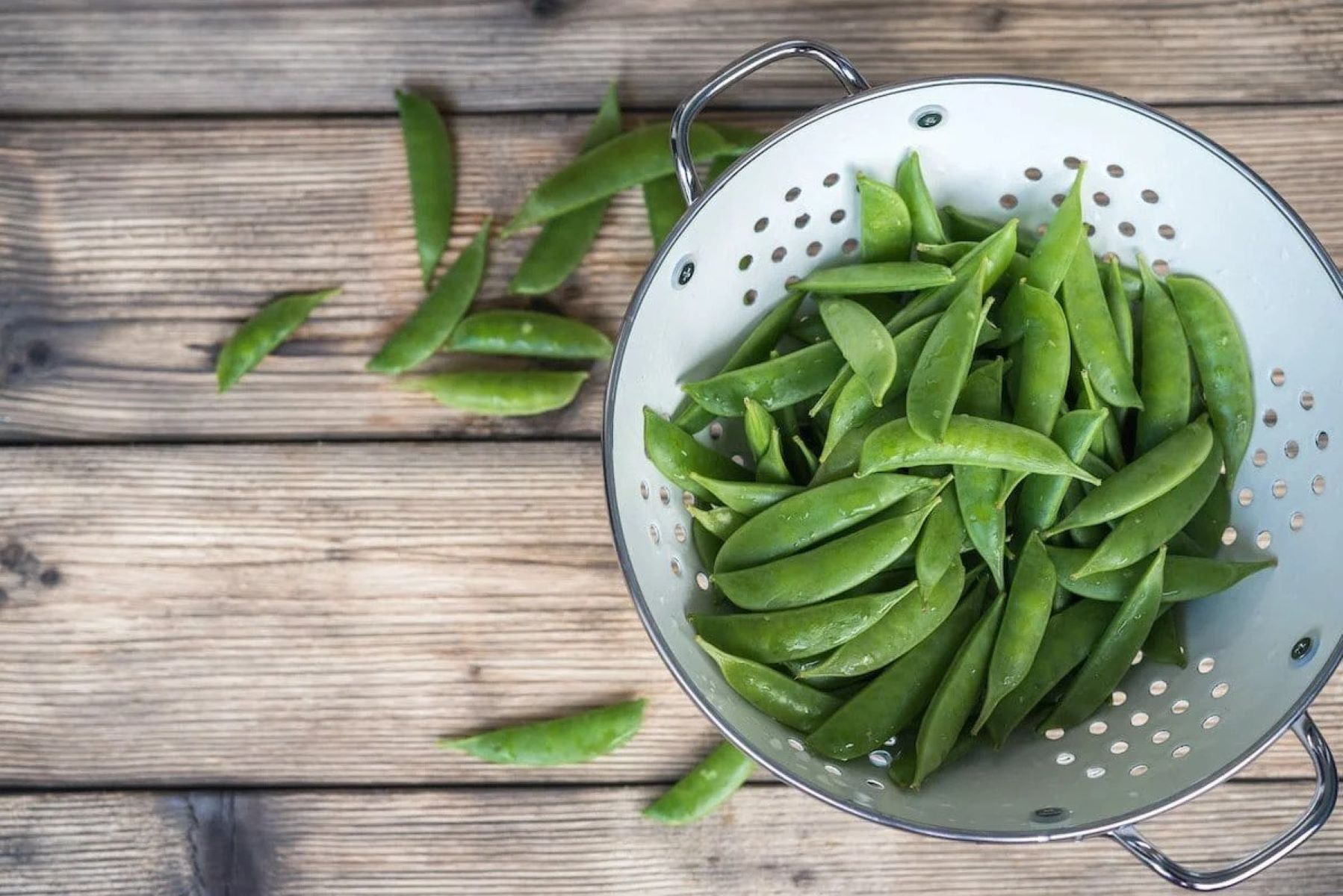
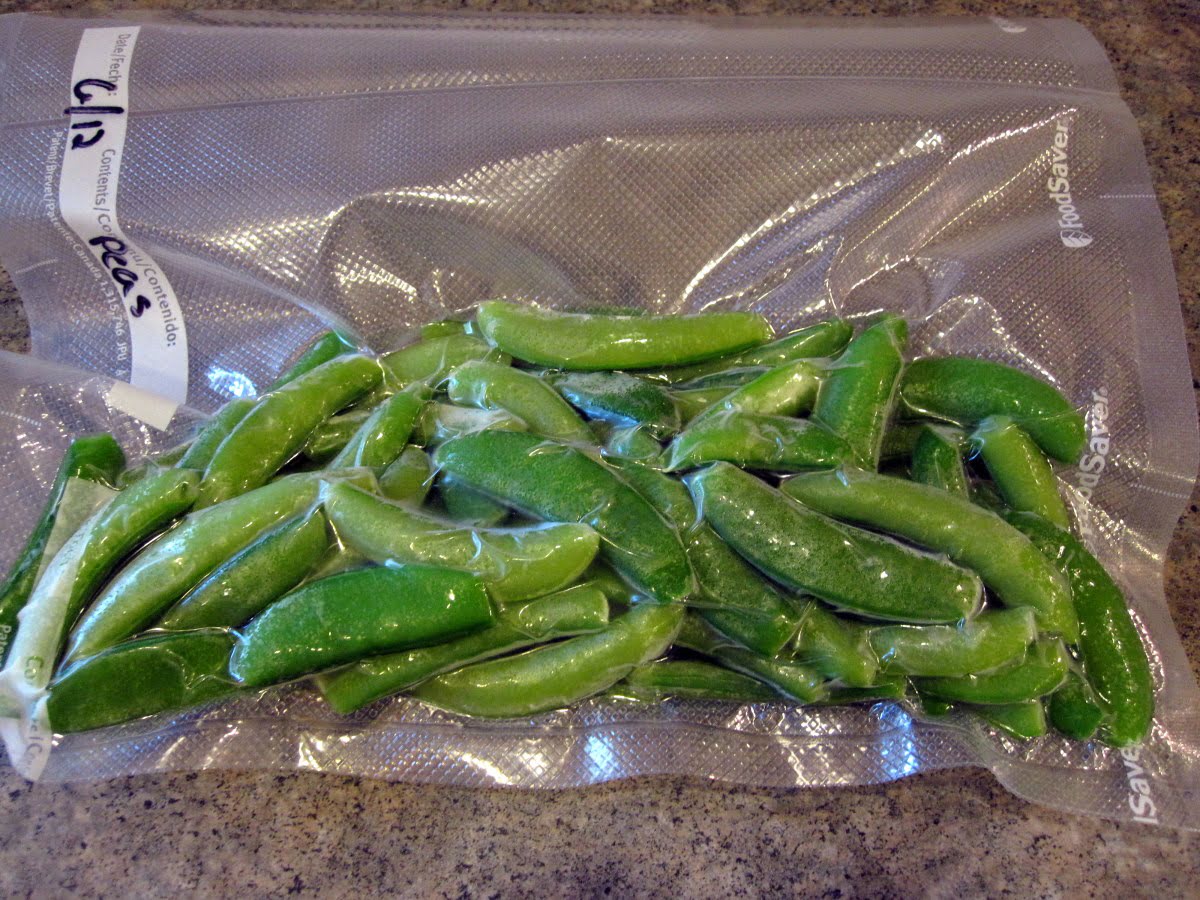
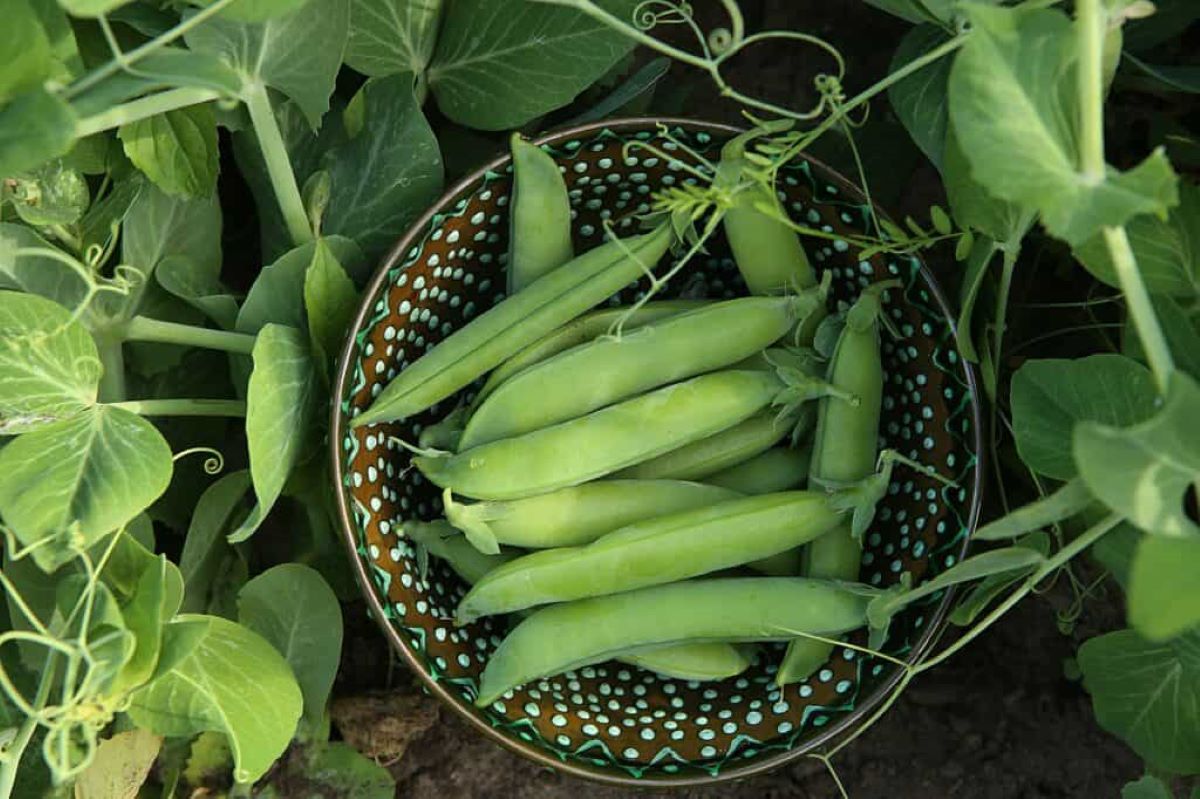

0 thoughts on “How To Store Black Eyed Peas”